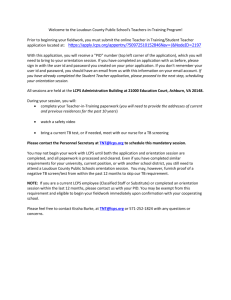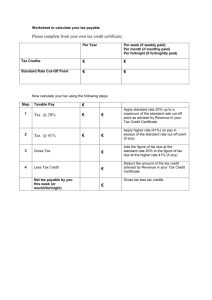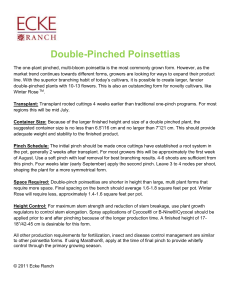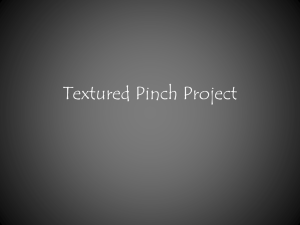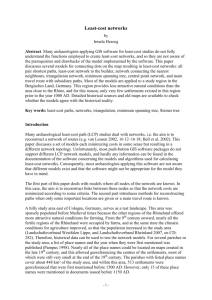Supplementary Material S1: Details of data land cover/land use
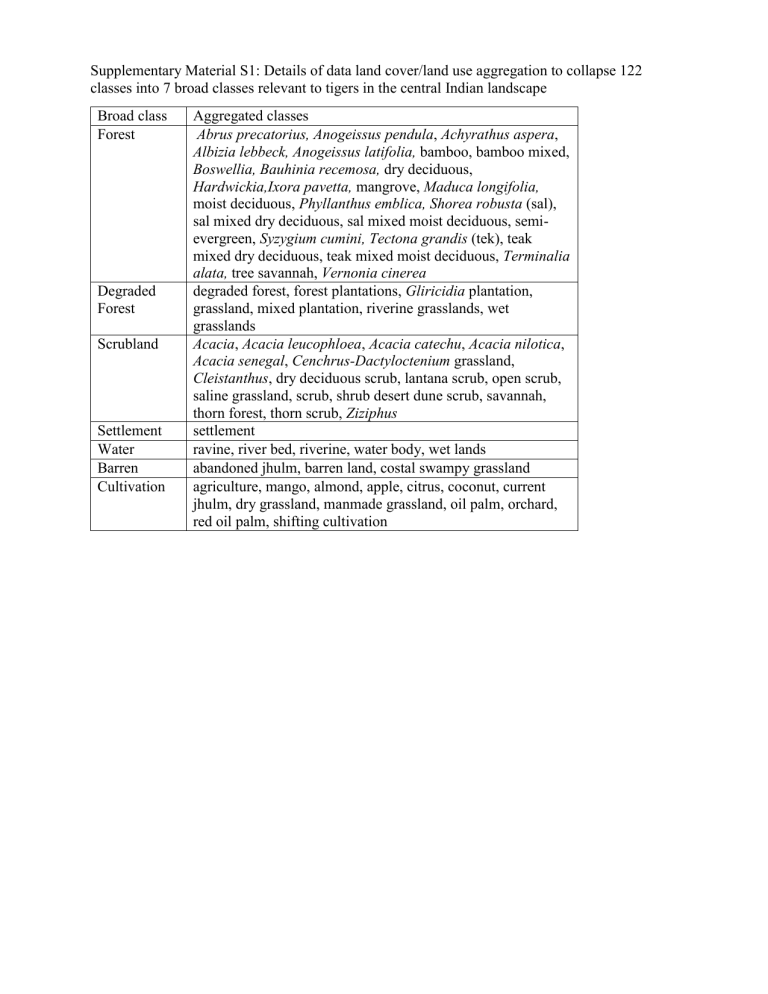
Supplementary Material S1: Details of data land cover/land use aggregation to collapse 122 classes into 7 broad classes relevant to tigers in the central Indian landscape
Broad class Aggregated classes
Forest
Degraded
Forest
Scrubland
Abrus precatorius, Anogeissus pendula , Achyrathus aspera ,
Albizia lebbeck, Anogeissus latifolia, bamboo, bamboo mixed,
Boswellia, Bauhinia recemosa, dry deciduous,
Hardwickia,Ixora pavetta, mangrove, Maduca longifolia, moist deciduous, Phyllanthus emblica, Shorea robusta (sal), sal mixed dry deciduous, sal mixed moist deciduous, semievergreen, Syzygium cumini, Tectona grandis (tek), teak mixed dry deciduous, teak mixed moist deciduous, Terminalia alata, tree savannah, Vernonia cinerea degraded forest, forest plantations, Gliricidia plantation, grassland, mixed plantation, riverine grasslands, wet grasslands
Acacia , Acacia leucophloea , Acacia catechu , Acacia nilotica ,
Acacia senegal , Cenchrus-Dactyloctenium grassland,
Cleistanthus , dry deciduous scrub, lantana scrub, open scrub, saline grassland, scrub, shrub desert dune scrub, savannah, thorn forest, thorn scrub, Ziziphus
Settlement settlement
Water ravine, river bed, riverine, water body, wet lands
Barren abandoned jhulm, barren land, costal swampy grassland
Cultivation agriculture, mango, almond, apple, citrus, coconut, current jhulm, dry grassland, manmade grassland, oil palm, orchard, red oil palm, shifting cultivation
S2: Effect of different weighing schemes on resistance layers, least cost corridors, and LCPs. a b c d e
Fig S2: Results from two weighting schemes to build resistance layers. a) Resistance surface with layer weighting, b) resistance layer after dropping layer weights, c) Least-cost corridors from weighted resistance layer, d) Least cost corridors from unweighted resistance layer, d)
Least-cost paths (LCPs) resulting from the two weighting schemes. Overlapping LCPs are shown in purple, LCPs in blue and red are from weighted and unweighted resistance layers respectively.
We created resistance layers, mapped least-cost corridors, and LCPs in two different schemes. In the first, we did not weight the layers, so in effect every feature had an equal effect. In the second scheme, we weighted the layers using input from Rathore et al (2012). In this scheme, land cover/landuse has a much higher weight than that for roads and rail lines. For example, in the weighted scheme, one settlement pixel has almost four times the resistance as one highway pixel, thus under-estimating the impacts of highways if it is indeed a hard barrier.
We followed all methods as described in the main paper. We created the final resistance layer by summing across different layers and coarsened the cell size by three times prior to further analysis. We created least-cost corridors and mapped linkages in the software Linkage Mapper.
Fig S2 a and b are the resulting final resistance layers from this exercise. Both resistance layers are very similar, and upto 88% of the cells were classified in the same pattern. Higher resistance cells in the unweighted scheme also tended to have high resistance values in the weighted layers scheme. The least-cost corridors also show a similar pattern (Fig S2 c and d). Fig S2e shows the
LCPs mapped in both schemes. Blue LCPs are from the weighted scheme and red LCPs are from the weighted scheme. A majority of the LCPs overlap, and therefore the color appears purple.
Since results from both weighting schemes are very similar, we proceeded with the weighted layer scheme.
Rathore CS, Dubey Y, Shrivastava A, Pathak P, Patil V (2012) Opportunities of habitat connectivity for tiger ( Panthera tigris ) between Kanha and Pench national parks in Madhya
Pradesh, India. PloS One 7:e39996. doi: 10.1371/journal.pone.0039996.
S3: Effect of different corridor cut-off values for pinch point mapping exercise.
Fig S3 (a) : Effects of different corridor cut-off widths on pinch point analyis results.
Fig S3(b) Composition of corridors when using different cut-off width values, in terms of percent forest and cultivated area. Other land cover types are not shown because they were nearly identical across all cut-off widths.
Pinch point mapper identifies bottlenecks in connectivity by injecting current through a predefined least-cost corridor. This approach hybridizes least-cost path modelling with circuit theory and is much faster than the stand alone Circuitscape version. We wanted to test the impact of our choice of corridor cut-off width on the location and severity of the pinch points. Using cut-off widths that are too narrow would result in overly restrictive linkages, effectively pinching off connectivity, and using very wide cut-off widths would lead to unrealistic or extremely generic linkages.
We used four different cut-off widths (20km, 50km, 100km, and 200km). As the corridor cutoffs increased, so did the proportion of high-resistance land cover, mainly cultivation (S3b). To guide our decision about an appropriate cut off width, we used a threshold of 50% of the total area to be forest cover in the resulting corridor. A corridor width of 100 km resulted in the resulting forest area within the corridor to be 54%, and we used this width to explain our results.
The pinch point maps in Fig S3 show that the location of pinch points did not change with an increase in the cut-off width. The intensity of the pinch points changed and as more linkage zones were identified, more alternate paths and pinch points were identified.
